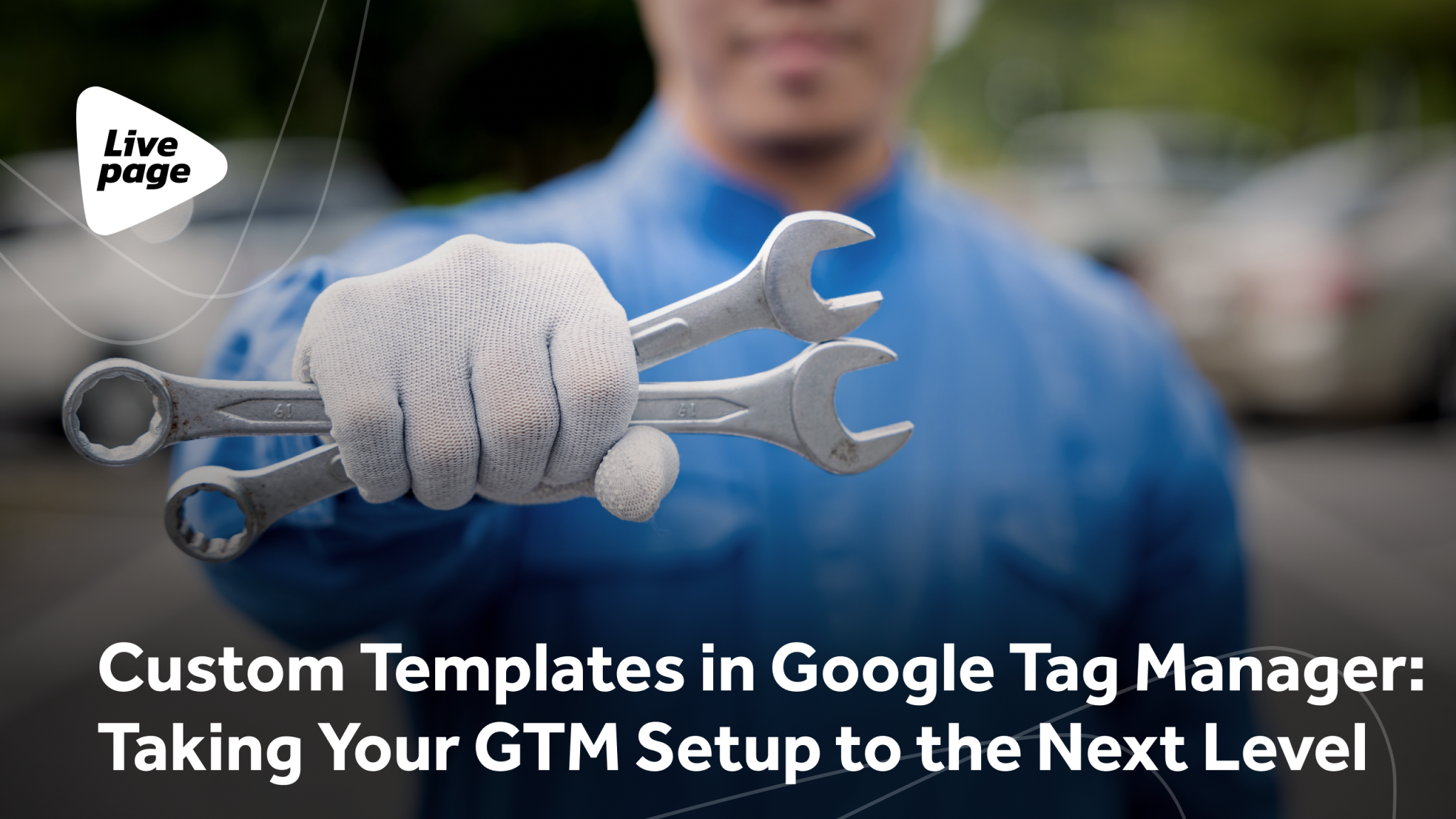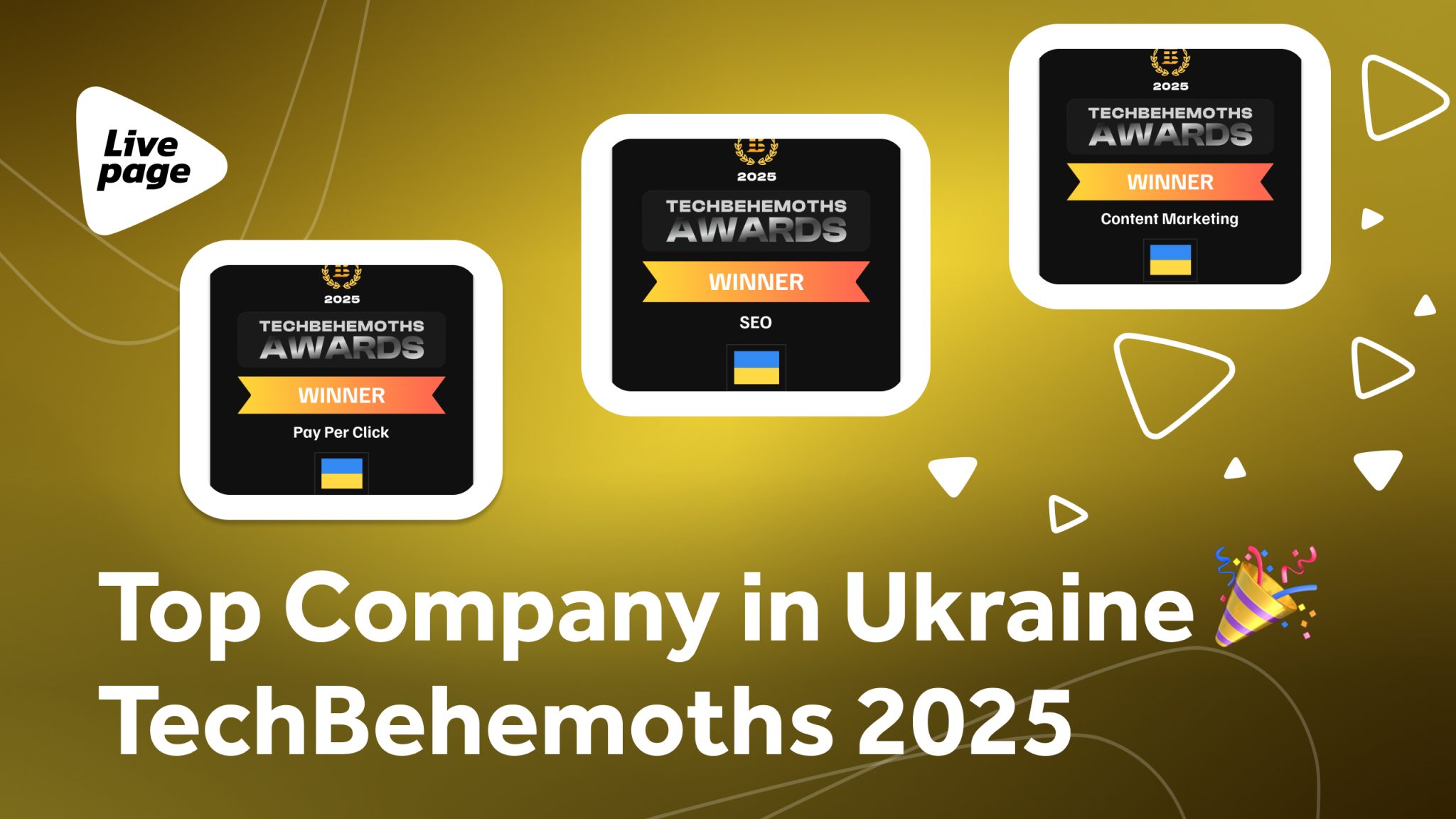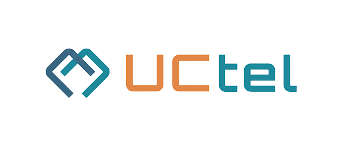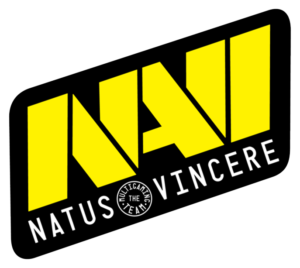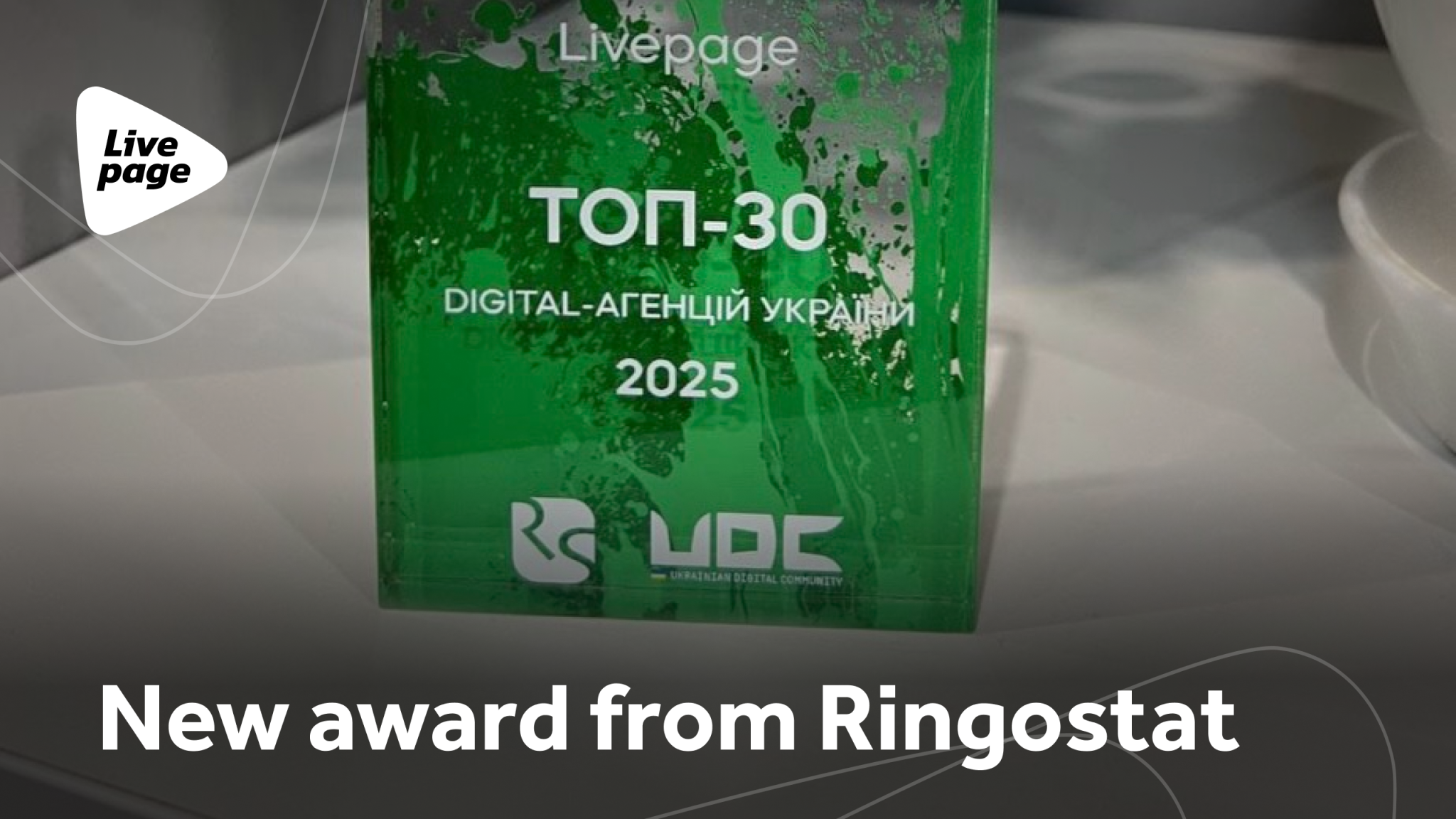
How to Create Content for All the Stages of the Content Marketing Funnel

Promoting your business and increasing sales requires you to fully understand your customer’s journey to choose the most effective conversion methods. This is possible by creating a content marketing funnel that’s designed specifically for your target audience.
Read on to find out how to build an effective content marketing funnel, its stages, and tips for creating successful content for each stage.
What is a Content Marketing Funnel?
A content marketing funnel is a strategy using content to attract, engage, and retain clients. Any strategic digital marketing firm understands that is also a great option for mapping out your customer journey.
If you want to build a content marketing funnel that will bring you results, then you must consider all stages of your customer’s journey. The Search Engine Journal states that 87% of marketers create content for different stages in their content marketing funnels. That’s exactly because customers have to be guided and prompted by your content at each step.

Top of the Funnel (ToFu)
The Top of the Funnel is the initial stage in content marketing, focusing on attracting and engaging a broad audience with awareness-driven content to initiate brand awareness and interest. This is where the customer learns about your service and brand, so you should grab their attention.
Considering that this is the awareness stage, top-of-funnel content is designed to educate, entertain, and pique curiosity. Direct promotion of products and services isn’t recommended because it may backfire on your strategy. Here are some examples of what may be used at this stage:
- Blog posts — to provide informative articles addressing industry-related topics and offering solutions to common problems. For example, a software development company could publish an article titled “How to Develop an MVP,” aiming to attract clients with fresh projects.
- Checklists — to provide potential customers with actionable value. For instance, a financial company might offer a downloadable “Financial Planning Checklist” that helps people organize their finances and promotes the company’s services.
- Infographics — to represent relevant data in your industry, attracting attention and simplifying complex concepts. For example, a healthcare company might create an infographic showcasing the benefits of a healthy lifestyle. This would also be easily shared on social media as branded content.
The creation of top-of-funnel content is the most popular choice among marketers, as nearly 95% of them use it for inbound and outbound marketing. It’s the first contact point with a potential client, so it makes sense that the majority of people work at this stage.
Middle of the Funnel (MoFu)
The Middle of the Funnel is the stage where your potential leads seek deeper insights and education, exploring solutions closely aligned with their needs before turning into buyers. This is where the customer is already considering various options, so it’s your chance to grab their attention.
Middle-of-funnel content is designed to educate and nurture leads, giving them all the information and experience they need to make a decision. Here are some examples of what may be used at this stage:
- Case studies — to demonstrate successful solutions, collaborations, and implementations of your product or service. A B2B software development company could use this approach to show how their solution increased a client’s workflow efficiency and income.
- Free tools and templates — to provide potential customers with valuable and relevant solutions for their needs. A marketing agency could provide a free design template pack for creating social media graphics.
- Detailed guides — to provide users with expert content that dives deeper into specific topics relevant to the audience. A fintech company could provide an “Investment Strategies for Beginners” guide to attract people to start investing using its services.
Most marketers stated they create middle-of-funnel content to cover the consideration stage. While the numbers are a bit smaller when compared to ToFu content, it is still the dominant decision among marketing professionals.
Bottom of the Funnel (BoFU)
The Bottom of the Funnel represents the stage where leads have high purchase intent, engaging with specific, detailed content to finalize their decision-making before conversion. Among all the content marketing funnel stages, this one is the most important to convert people into clients.
Bottom-of-funnel content focuses on providing detailed information, addressing specific concerns, and facilitating the final stages of the buyer’s journey. Here are some examples of the content that helps companies reach their goal:
- Product pages — to provide detailed descriptions, specifications, and visuals of the product or services offered. An ecommerce website’s product page could include multiple photos, videos, reviews, and a CTA in the form of a “Buy Now!” button.
- Pricing pages — to give customers all available information regarding pricing tiers, packages, and subscription options. A SaaS provider could list various pricing plans with all the features and services included, making a comprehensive comparative sheet.
- Free trials and demos — to provide users with hands-on experience of your product, allowing them to try it out or see how it works from the inside. A software company could offer a 14-day free trial of their application to let users experience its features.
It’s the final stage of your content marketing sales funnel, so this is where you must pay the most attention to delivering your company’s offer.
How To Create Content for Each Funnel Stage
Now that you’ve learned all the stages of the funnel, let’s move on to the best practices in creating content for each stage of the marketing funnel. Building content for the ToFu, MoFu, and BoFu stages has its own specifics that must be considered to create a successful content marketing funnel.
Tips for Creating Top-of-the-Funnel Content
The main goal of your digital ToFu content is to attract and engage a broad audience by offering valuable, non-promotional information. You’ll likely be working with people who’ve never heard of your company, so sparking interest is your priority.
Some tips to consider when creating top-of-funnel content are:
- Be authentic and honest: Building trust requires you to provide genuine information and avoid sales-focused content.
- Address common issues: People from every industry have common pain points that you can address through guides, infographics, and educational content.
- Answer frequent questions: Your audience might have many questions about the industry without any ties to your product that you can address through FAQs, explainer videos, and how-to articles.
Based on our experience at Livepage, we recommend using the following content:
- How-to articles;
- Blog posts;
- Checklists;
- Infographics;
- Landing pages;
- Social media posts;
- Interactive tools like quizzes, mini-games, etc.
At the same time, here are several KPI metrics to consider in your ToFu strategy:
- Website traffic: Number of total visits and unique visitors to your website, landing pages, blog posts;
- Page views: Number of total views of your ToFu content pages and blog posts;
- Time on page: Bounce rates and the average time users spend on your website;
- Social media engagement: Likes, comments, shares, and overall interactions;
- Brand mentions and impressions: Frequency of your brand being mentioned or seen online.
Top-of-funnel content is usually found by users through organic search, although sometimes this could be a part of your cold advertising campaign. The general recommendation is to avoid being pushy and provide customers with value to gain their trust.
Tips for Creating Middle-of-the-Funnel Content
The main goal of your MoFu content is to educate and nurture leads who have shown interest, providing them with deeper insights into how your product or service can solve their problems. You’ll be working with people who already have a general notion of your company and are considering various solutions.
Use the following tips to stand out:
- Highlight benefits: Demonstrate how your product or service directly addresses the pain points of your audience, showing benefits and solutions.
- Provide detailed info: Offer detailed content with valuable insights and solutions that simultaneously highlight your product’s unique features.
- Use case studies and testimonials: Real-life examples of your product’s impact on a customer’s business are always a great way to support your marketing strategy.
From our experience, the best types of content for the MoFu stage include:
- How-to articles;
- Blog posts;
- Landing pages;
- Case studies;
- Overviews;
- Webinars;
- Datasheets, etc.
Here are the most important metrics to consider in your MoFu strategy:
- Engagement metrics: Time spent on your content, social media shares, referral traffic, returning visitors, and others.
- Consumption metrics: Bounce rates, exit rates, click-through rates, and others;
- Lead metrics: Sign-ups, webinar participants, and number of downloads for whitepapers, guides, and reports.
Middle-of-funnel content is a combination of organic and paid content, so a general recommendation would be to focus on your solution’s value for the customer. You must convince the customer that your solution and expertise are better than others, prompting them to learn more about your offers.
Tips for Creating Bottom-of-the-Funnel Content
The main goal of your BoFu content is to target leads who are close to making a decision to purchase. You’ll have to provide detailed information and incentives that encourage them to take the final step toward conversion.
Follow these tips to prompt users to make a purchase:
- Personalize content: Your leads can have specific interests and interactions, so you should offer personalized demos or proposals based on their preferences.
- Create a sense of urgency: Using limited-time offers, discounts, and bonuses can motivate users to take immediate action.
- Use strong CTAs: Clear and compelling call-to-action buttons like “Buy Now!”, “Start Free Trial!”, and others will prompt users to act.
The best types of content for the BoFu stage are:
- Product demos;
- Customer reviews;
- Detailed pricing pages;
- Customer success stories;
- FAQs and buyer’s guides;
- Free trials and samples.
Some important KPIs to consider in your BoFu strategy are:
- Conversion metrics: Number of sales-qualified leads and conversion rates;
- Lead quality: Lead-to-customer rates and behavioral metrics;
- Engagement metrics: Number of consultation requests and time to conversion;
- Retention and Customer Lifetime Value: Percentage of customers retained during a certain period and the measure of the total value a customer brings your business during the whole relationship.
Bottom-of-funnel content is where you can use all your offers and promotions. Customers who reach this stage are the most likely to buy your products and services, so you should simply prompt them to complete the desired action.
Conclusion
All three stages of the content marketing funnel are important to understand the customer journey analytics report on the way to purchasing from your business. Remember that the top of the funnel is associated with awareness, the middle of the funnel is connected with consideration, and the bottom of the funnel is all about decision and retention.
The easiest way to create an effective marketing funnel is by partnering with a content marketing agency like Livepage. Our team has professionals in digital marketing, SEO, consulting, and content optimization which also provides SaaS content writing service to help you avoid losing leads and apply the right strategies for maximum conversion. Let’s partner today!





